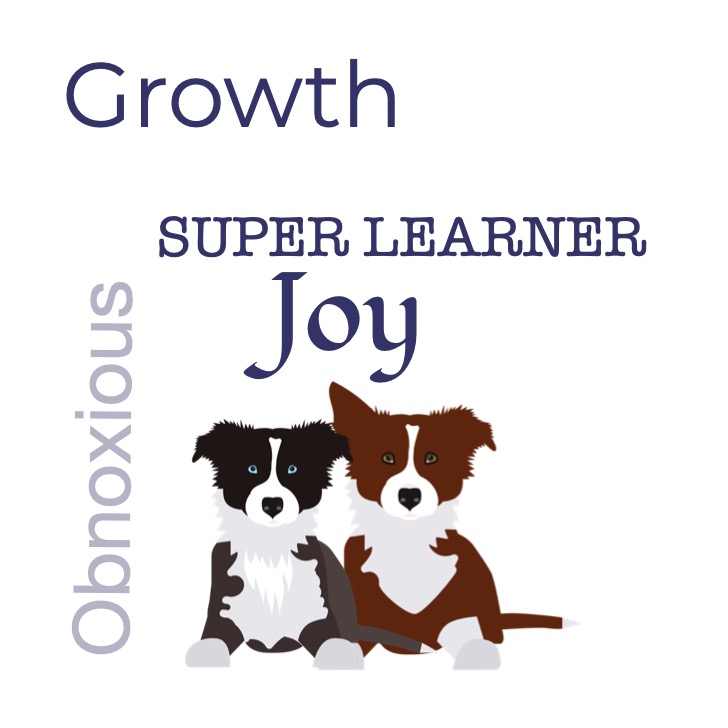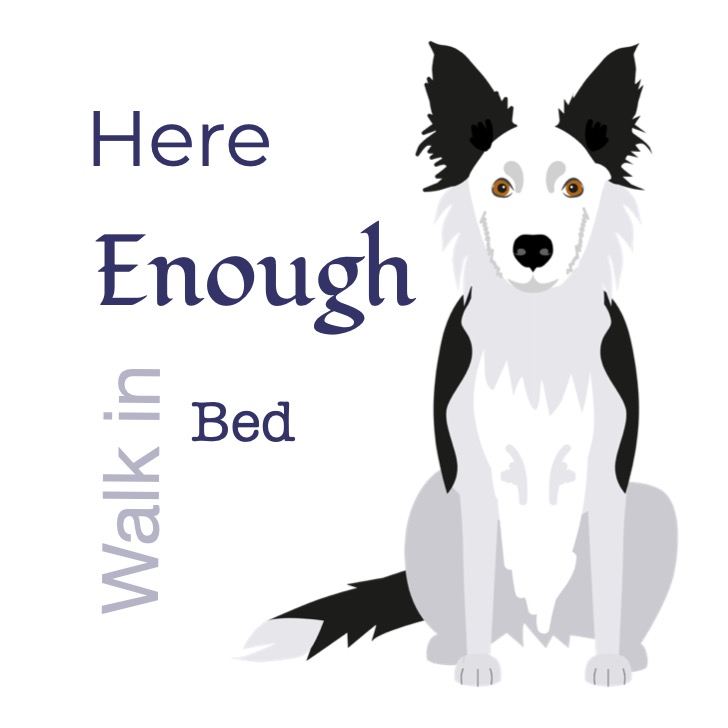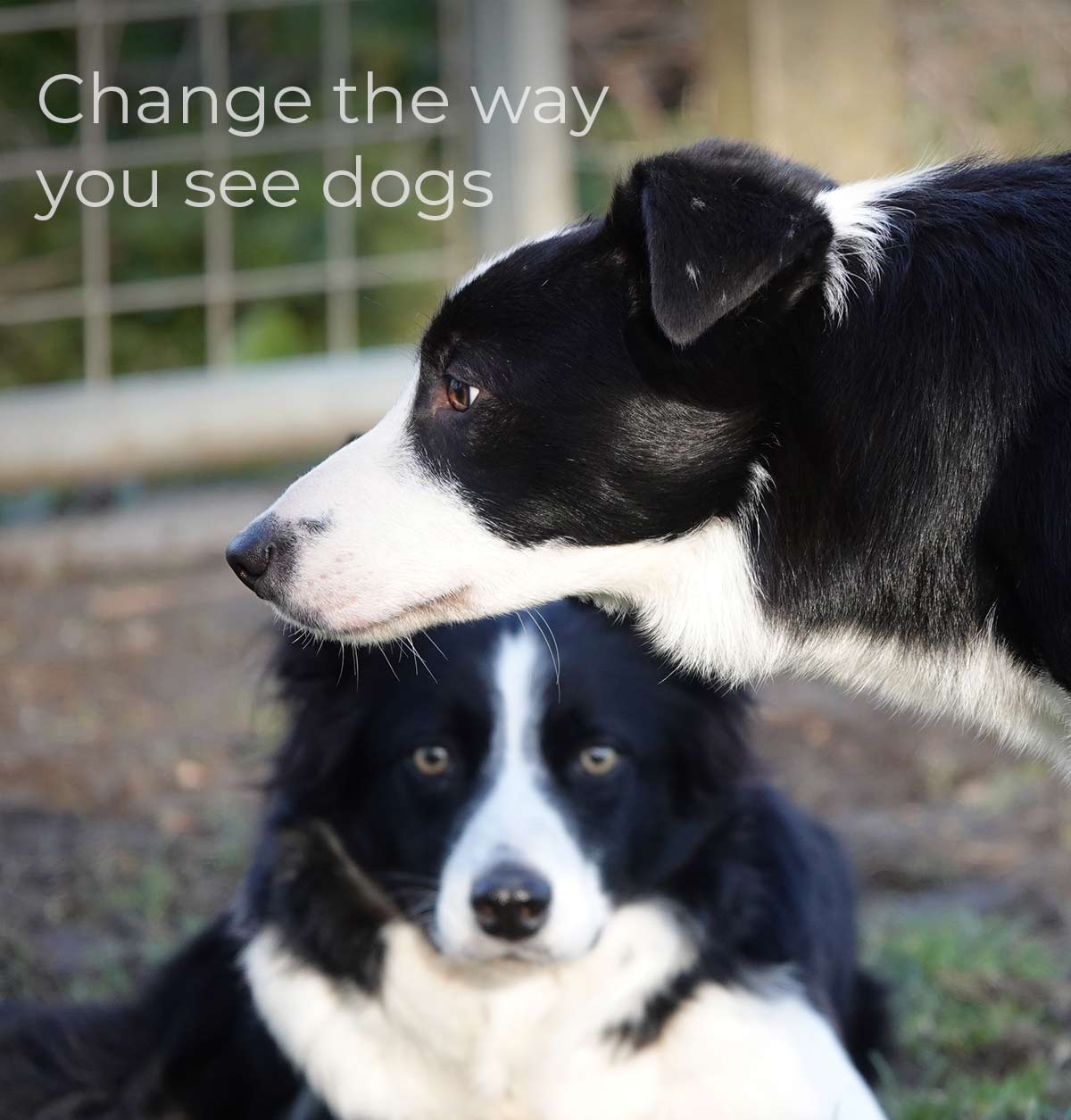Flock of Collies
coming home …

For people who want to
Learn More About Border Collies
and their first cousins
A unique collection of resources where a Collie is much more than a herding dog. If you know, you know.
Support and Guidance for both you and your Collie to live together enjoying each other’s company.
New Features every month
MEMBERSHIP
Flock of Collies
For People who love to share their lives with Collies and want to learn more, understand the Collie Brain, discover the delights of Sheepballs® Games and to Play Well.
Learn how to find a balance with their Collieness and your lifestyle.
£21
for 3 month’s access

COLLIE WIKI
Things You Need to Know
History of Collies | Inherited Behaviours | Health Questions | The Shepherd’s Dog | Registration Systems

QUIRKS
Different and Unique
Why are Collies Different? | Which Brain? | Collie Rewards | Choosing the Wrong Sheep to Work

LEARNERS
Learn in the Collie Way
Superb | Smart | One Step Ahead | Single Event Learning | Amazing Learning Skills | Are You Ready?

PLAY & GAMES
Perfect Games
SheepBalls® | Rules for Games | Benefits of Play | Learning in Play | Choosing Which Game | Best Balls

DEVELOPMENT
Rearing a Collie Pup
Child of Delight | Living with The Teenager | Build a Super Learner | Familiarisation Not Socialisation

LIFESTYLE
Living Together
Lifeskills for Your World | Walking Side by Side | Resting | The Time and The Place | When Enough is Written in Stone

MYTHS
Legends and Misinformation
The Stories About Collies | What We Believe | Fiction and Dreams | Not the Advice You Should Follow
SheepBalls® Trade Mark is protected from use by any other business, group, individual or organisation without the express permission of Learning About Dogs Ltd. Trade Mark No: UK00003901470






Members of The Flock get 10% discount on these courses!
(be sure to log in before purchase)

Live Course

Living Their Best Lives
16 WEEKS STARTING 18 JAN 2024
Finding the joy of living together and letting their Collieness bring a smile to your face.
more details ➤
Live Course

SheepBalls®
An 8 week course with individual coaching to develop your skills with Flock of Collie Games to release the behaviours your dog has inherited.
more details ➤

